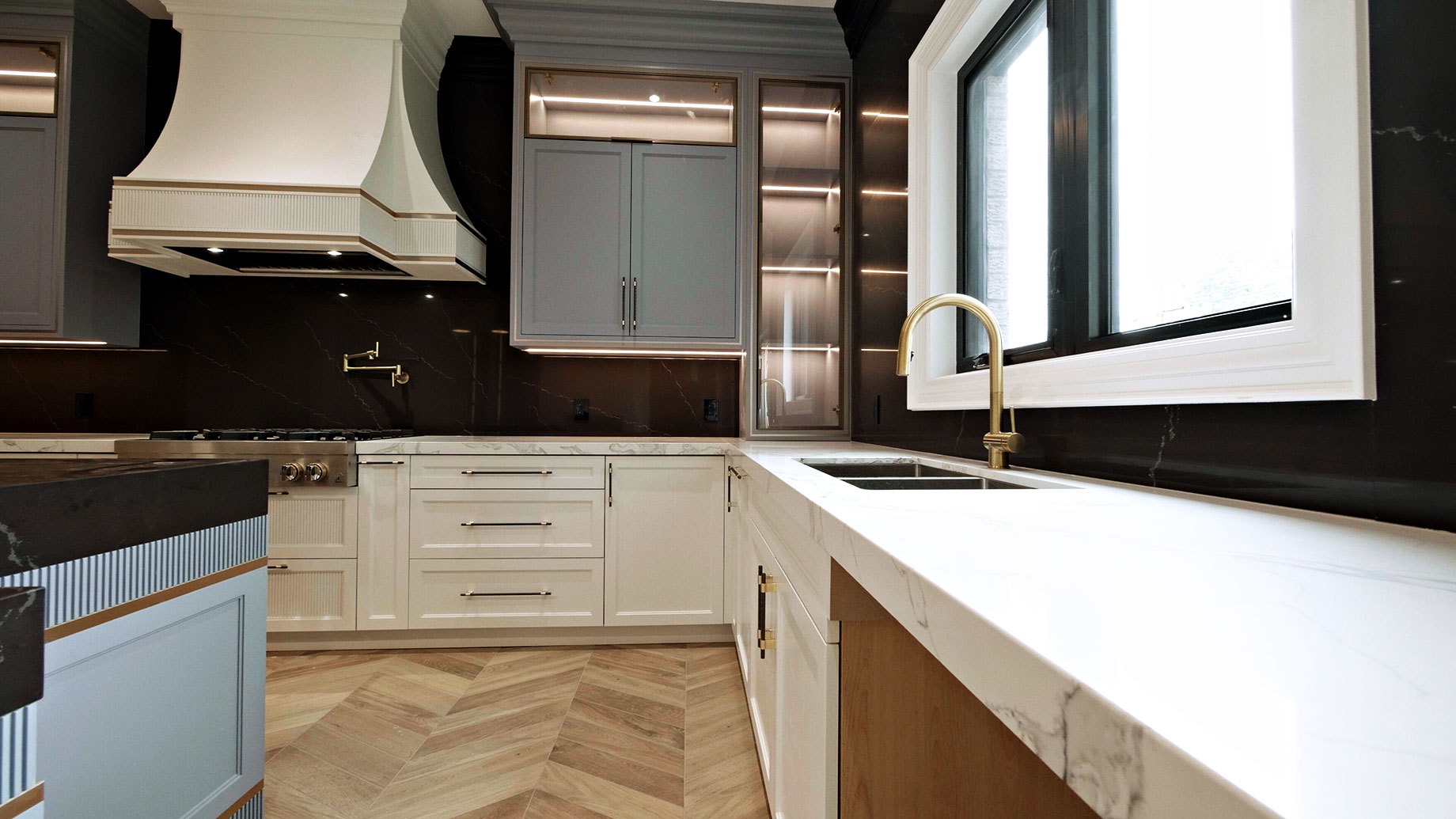
Ever walk into someone’s house and feel like everything just works? Nothing flashy, no major overhauls, and yet the space feels warm, welcoming, and just… better. You might not even notice what changed at first. Maybe the lighting feels right. Maybe the layout flows better. Maybe there’s finally a place to set your coffee mug that doesn’t involve balancing it on a windowsill.
These are the quiet design moves. The ones that don’t scream for attention but still shape how you experience your space. They don’t always show up in social media reveals or glossy magazine spreads. But they have just as much impact, if not more, on how you live day to day.
In the age of dramatic before-and-after photos, it’s easy to think that home improvement has to be huge and disruptive to matter. But that thinking is starting to shift. More people are making changes that support comfort, function, and longevity—without tearing everything down.
In this article, we will share how subtle design choices can bring big change, how they fit into current trends in home living, and why they often start with something as simple as…
Looking at Your Home With Fresh Eyes
Design trends have changed a lot in the last few years. We’re not just chasing aesthetics anymore. The focus is now on usability. With so many people working, cooking, and relaxing at home more than ever, the pressure is on to make spaces that actually support real life.
Nowhere is that more visible than in the kitchen. People are spending more time cooking meals at home, not just reheating takeout. They need more storage, smarter layouts, and better flow. That’s why custom kitchen remodeling has become one of the most common first steps in long-term home upgrades.
These projects aren’t always about adding square footage or replacing everything in sight. Sometimes the best upgrades come from moving one wall, reconfiguring counter space, or improving lighting in key areas. Adding a pull-out pantry might not seem revolutionary—but if it keeps you from digging behind cans of beans just to find a spice jar, it can feel like a game-changer.
A thoughtfully remodeled kitchen doesn’t just serve meals. It serves peace of mind. It invites people in. It gives the house a sense of rhythm and purpose. And it makes everything else feel easier.
How Design Touches Daily Life Without a Soundtrack
Big changes make headlines. But small, well-placed design moves change the experience of a home. And that’s what people are really after.
Think about natural light. No one brags about repositioning a window, but it can shift the mood of a whole room. The same goes for adding dimmable lighting or switching from a single overhead bulb to layered lighting that lets you change the tone of the space.
Flooring is another area where quieter choices matter. Swapping out high-gloss finishes for softer, matte options can reduce glare, muffle sound, and feel more comfortable underfoot. You might not notice it consciously, but your body will. Every step becomes less clunky, more natural. That stuff adds up.
Then there’s furniture placement. Not everything needs to face the TV. Repositioning a couch or adding a bench in a hallway can change how a space is used. Suddenly, the hallway isn’t just a place you walk through. It’s a place where someone can sit, wait, read, or talk.
These aren’t big renovations. They’re micro-adjustments that change how space works with you, not against you.
Why Subtlety Is Making a Comeback
In the early 2000s, design was loud. Bold tile. Dramatic walls. Kitchens with every possible gadget visible from the next room. But now, restraint is having a moment.
Part of this shift comes from the growing interest in sustainability. Fewer people want to rip out a space just to keep up with trends. There’s a stronger pull toward thoughtful changes that respect what already works and improve what doesn’t.
There’s also the mental load to consider. A visually busy home can be overstimulating, especially when you’re in it all day. Subtle design allows space for your mind to rest. It turns the home into a place that supports—not competes with—your life.
And then there’s the question of permanence. Loud design can age fast. Subtle, well-integrated updates stay relevant longer. A better layout doesn’t go out of style. A kitchen that works well today will likely still work well ten years from now.
Making Space Feel More Like You (Without Starting Over)
A quiet transformation doesn’t mean your house has to be neutral or stripped down. It means it should reflect your rhythm. Maybe that means swapping open shelving for cabinets that hide visual clutter. Maybe it means adding a breakfast nook where one didn’t exist. Maybe it’s choosing materials that wear in, not out.
The best part? You don’t need to tackle everything at once. Pick the spaces you use most—kitchens, bathrooms, entryways—and look for friction points. What makes your mornings slower than they should be? What annoys you weekly? What could help you breathe easier after a long day?
Sometimes the fix is just a better layout. Sometimes it’s a custom solution for how you live, not how a catalog says you should. And sometimes, the smartest move is doing less—but doing it better.
Your Home Should Serve You, Quietly and Constantly
The most successful design choices aren’t the loudest ones. They’re the ones that keep working behind the scenes, quietly making your life better.
You notice them when you stop noticing the problems they solved. You feel them when your home starts helping you live better, not just looking good on a screen. They don’t need a spotlight. They just need to work—every single day.
That’s the real beauty of subtle design. It doesn’t ask for applause. It just makes space feel more like home.